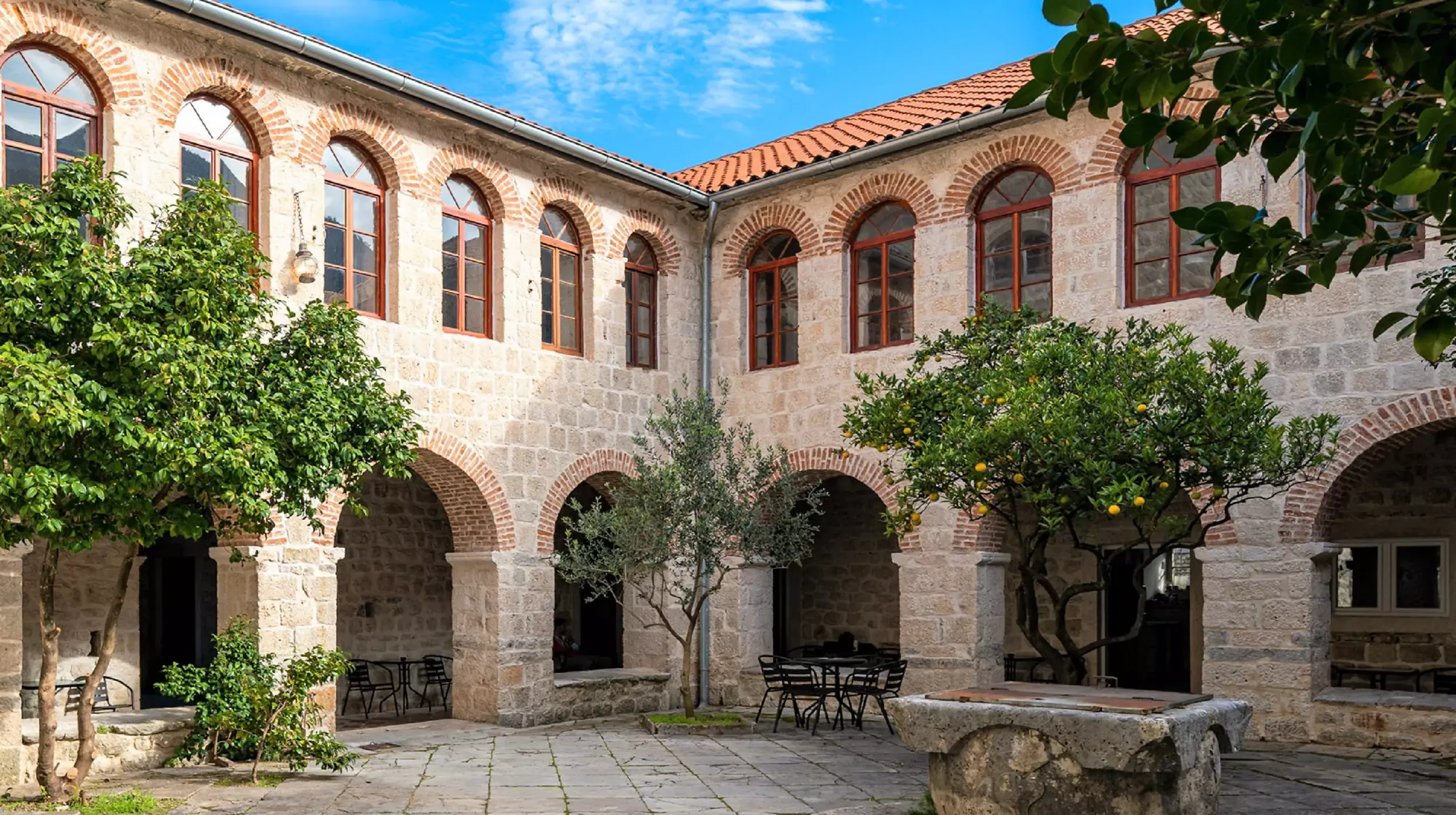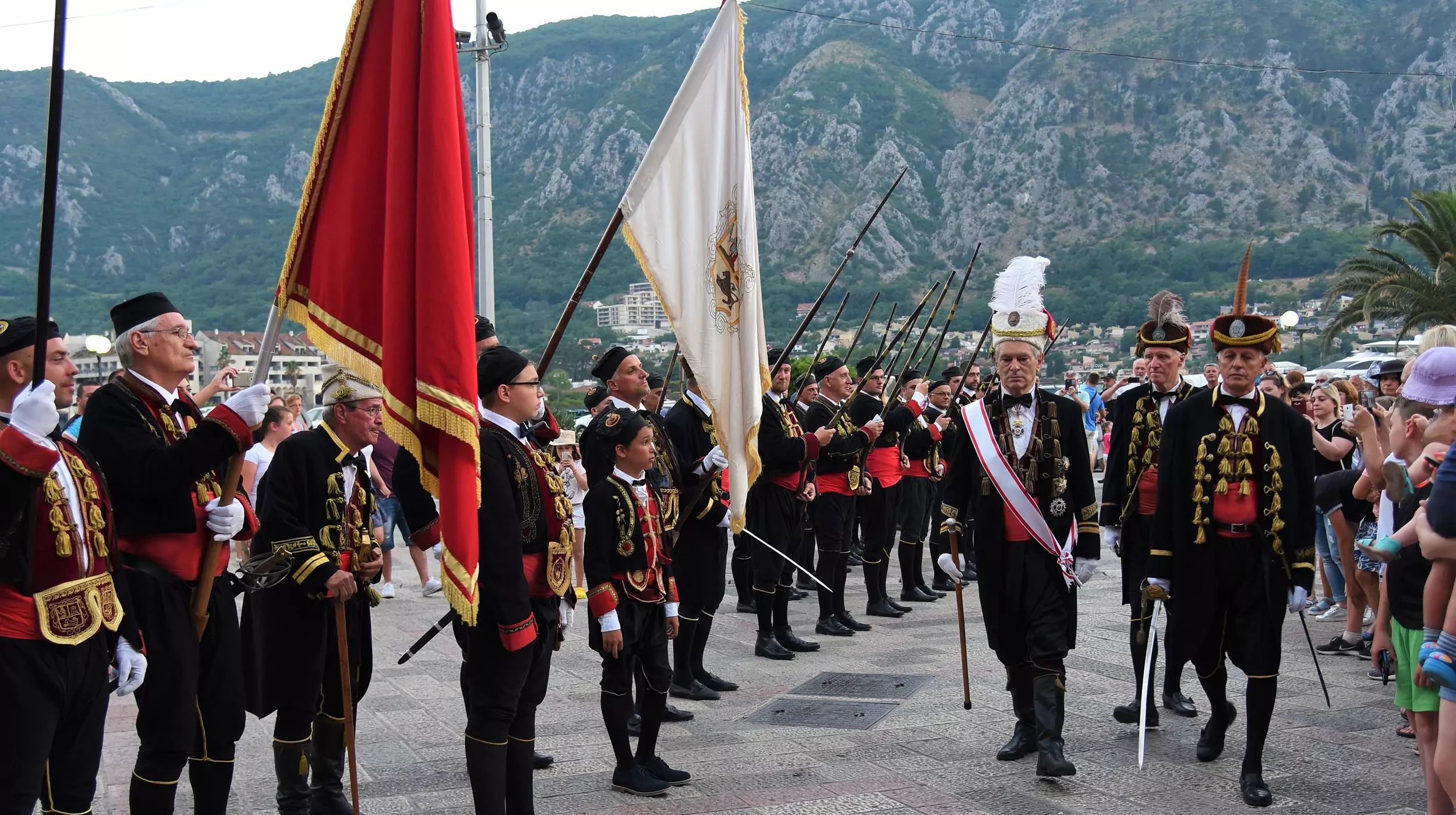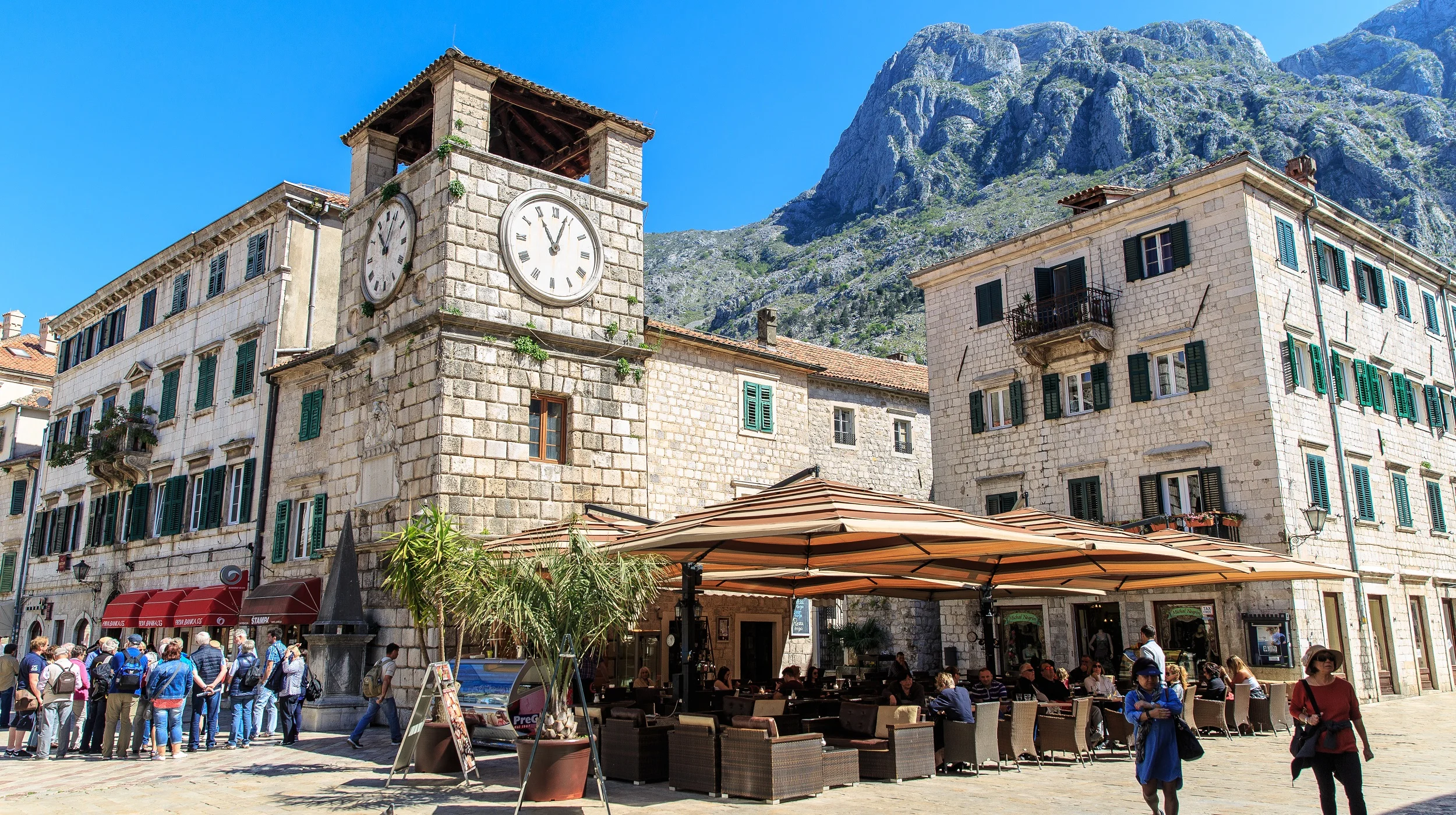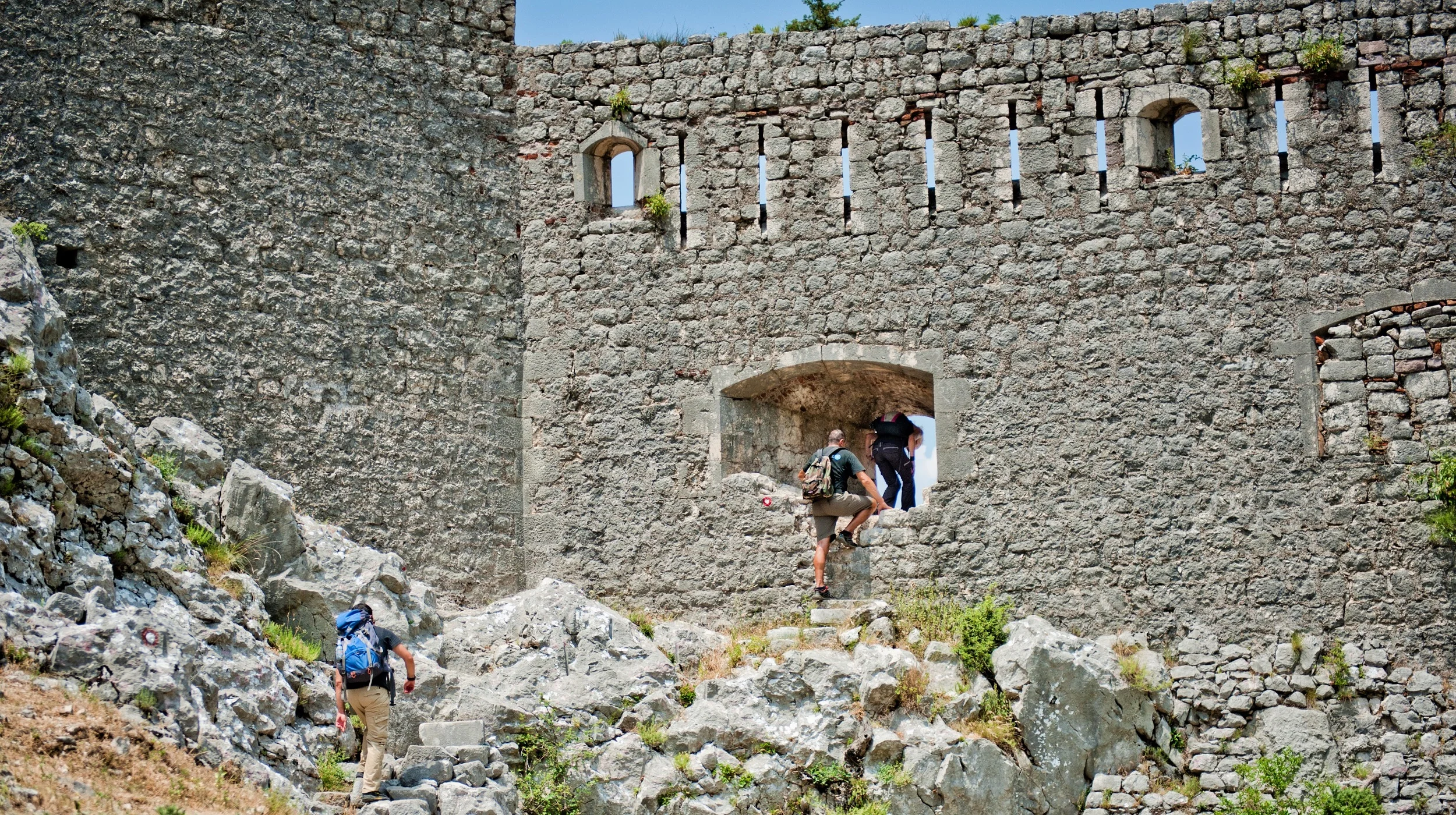Meet Cultural Heritage (UNESCO)
Montenegro offers the world something unique, special, authentic, globally valuable, and precious, requiring special care and protection. Discover what sets apart the Kotor region and medieval Stećak tombstones!
Meet Cultural Heritage (UNESCO)
Quick overview:
Seasons
Best fit
Facts:
UNESCO places under its protection:
- Natural and cultural-historical region of Kotor: in 1979
- Necropolis Greek Cemetery - Plužine, necropolis Greek Cemetery - Žabljak, necropolis Žugića Bare - Žabljak: in 2016
- Kotor Fortress: in 2017






















